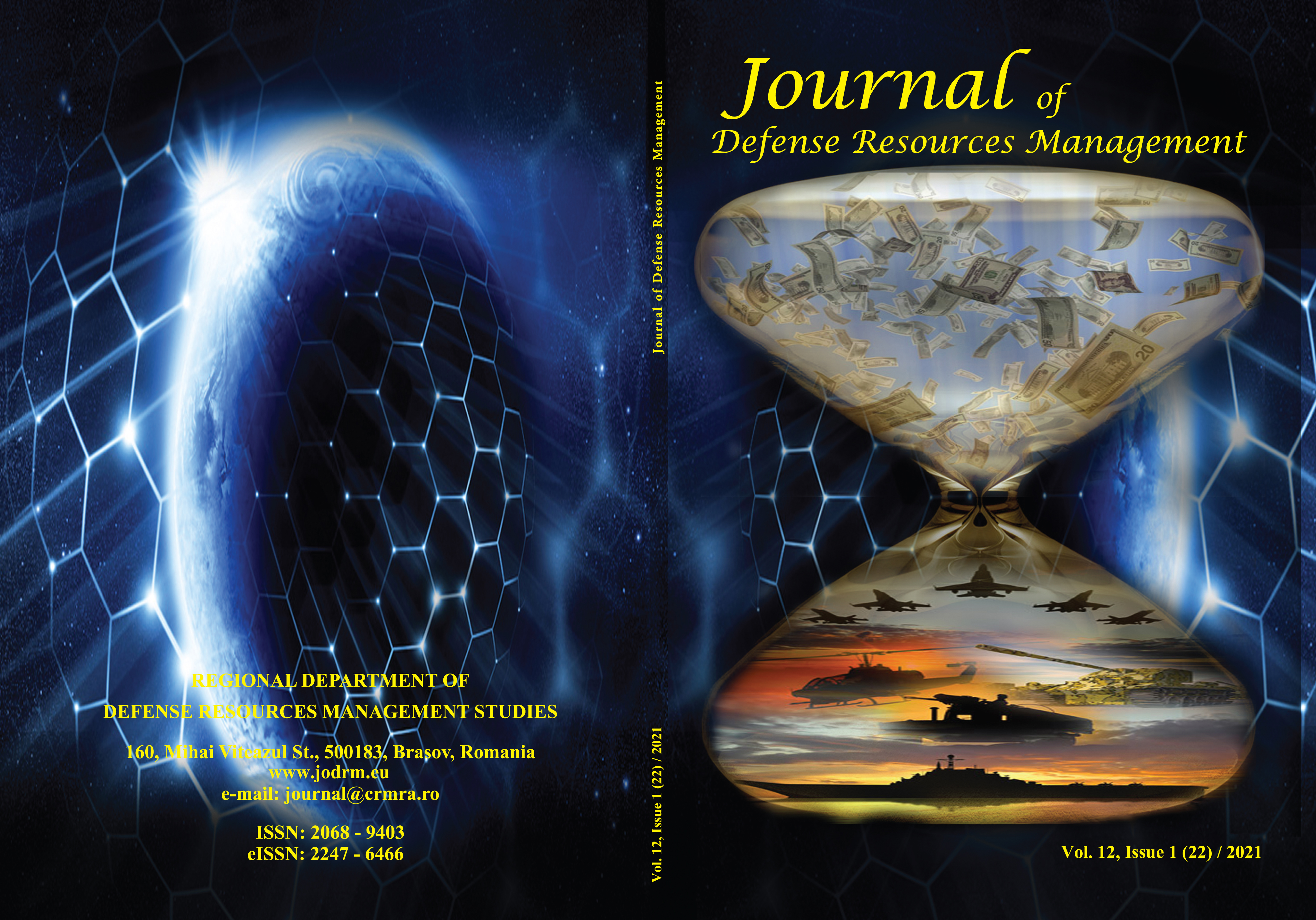SISHANKAMRATA DEVELOPMENT STRATEGY IN MAINTAINING THE SUSTAINABILITY OF INDONESIA’S STRATEGIC INTERESTS
SISHANKAMRATA DEVELOPMENT STRATEGY IN MAINTAINING THE SUSTAINABILITY OF INDONESIA’S STRATEGIC INTERESTS
Author(s): Amarulla Octavian, Joni Widjayanto, I. Nengah Putra, A.P. Sumarno, H.J.R. SaragihSubject(s): Education, General Reference Works, Business Economy / Management
Published by: Regional Department of Defense Resources Management Studies
Keywords: Sishankamrata (Total People’s Defense and Security System); Strategic environment; SWOT analysis; Interpretive structural modeling (ISM); Balanced Scorecard (BSC);
Summary/Abstract: The development of that strategic environment can create both opportunities and threats for Indonesia. The integration of the main components, reserves, and support is the key to the success of Total People’s Defense and SecuritySystem (Sistem Pertahanan dan Keamanan Rakyat Semesta; Sishankamrata) in defending Indonesia’s strategic interests from all threats. For this reason, efforts are required to direct the development and fostering of the main components, reserves, and support planned in a state defense posture and guided by the concept of Sishankamrata. This study aims at developing a strategy for the Total People’sDefense and Security System to face the development of the 21st-century strategic environment. In this study, the SWOT analysis method, Interpretive structural modelling (ISM), and Balanced Scorecard (BSC) approach were used. Based on the results of the SWOT analysis on the development of Sishankamrata, there were18 (eighteen) sub-strategies. Based on the results of the Interpretive structural modelling (ISM), it was discovered that the ST-1 sub-strategy, the formulation of defense policies expected that they do not overlap and be in line with the world maritime axis policy program, was the beginning of determining the development of the Sishankamrata strategy. Based on the implementation plan of Balanced Scorecard (BSC), it was uncovered that the financial perspective consists of 4 (four)sub-strategies; the internal process perspective consists of 5 (five) sub-strategies; the Growth & Development perspective consists of 6 (six) sub-strategies, and the customer/User perspective consists of 3 (three) sub-strategies.
Journal: Journal of Defense Resources Management (JoDRM)
- Issue Year: 12/2021
- Issue No: 1
- Page Range: 117-148
- Page Count: 32
- Language: English

